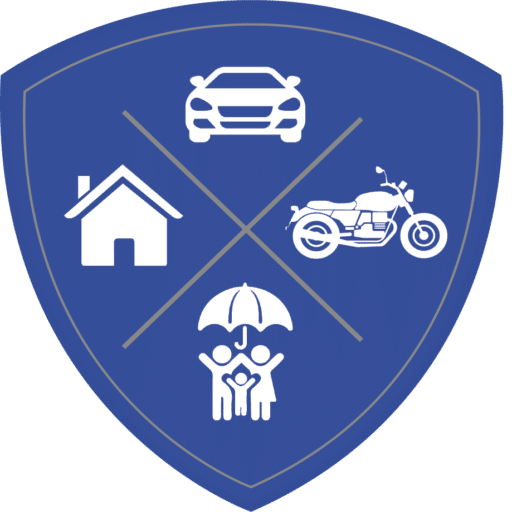
What Is Loss of Use Coverage? A Guide for Connecticut Homeowners
Understanding Loss of Use Coverage
If you’re a Connecticut homeowner, protecting your property goes beyond just insuring the structure itself. Loss of use coverage—sometimes called Additional Living Expenses (ALE) or Coverage D—is a crucial part of most standard homeowners insurance policies. This coverage helps pay for the extra costs you incur when a covered event makes your home uninhabitable and you need to temporarily live elsewhere.
What Does Loss of Use Coverage Include?
When disaster strikes—such as a fire, severe storm, or water damage—your home may become unsafe or impossible to live in. Loss of use coverage steps in to help with expenses that go above your usual living costs, including:
- Temporary housing (hotel stays or short-term rentals)
- Additional food expenses (eating out or higher grocery bills)
- Transportation costs (extra gas, public transit, or parking fees)
- Utilities (if you’re paying for services at both your temporary and permanent residence)
- Laundry and cleaning
- Pet boarding
- Storage units for your belongings
- Moving costs
For example, if you normally spend $300 per week on groceries but have to spend $600 eating out while your kitchen is unusable, loss of use coverage would reimburse you for the $300 difference.
How Does Loss of Use Coverage Work?
- Coverage Limit: Loss of use coverage is typically set at 20% to 30% of your dwelling coverage limit. For example, if your home is insured for $300,000, your loss of use coverage could range from $60,000 to $90,000.
- Documentation: To file a claim, you’ll need to keep receipts for all additional expenses and document your normal living costs. Your insurer will reimburse you for the difference between your usual expenses and your increased costs due to displacement.
- Duration: Coverage lasts until your home is repaired and safe to live in, or until you reach your policy’s coverage limit.
What Isn’t Covered?
- Normal ongoing expenses (like your mortgage or regular utility bills) are not covered—you’re responsible for those.
- Evacuation orders issued in anticipation of storms are generally not covered unless your home is actually damaged or rendered uninhabitable by a covered peril.
- Rental income loss (if you rent out your home) is typically covered under a separate “fair rental value” provision, not standard loss of use coverage.
Why Connecticut Homeowners Need Loss of Use Coverage
Connecticut weather can be unpredictable, with risks ranging from winter storms to hurricanes. Loss of use coverage ensures you and your family have a safe place to stay and your basic needs are met while your home is being repaired. Without it, you could face significant out-of-pocket expenses during an already stressful time.
Protect Your Home—and Your Lifestyle
At Nickerson Insurance Agency, we help Connecticut homeowners understand and maximize their loss of use coverage. If you have questions about your policy or want to ensure you’re fully protected, contact our team today. We’re here to help you safeguard not just your house, but your way of life.


